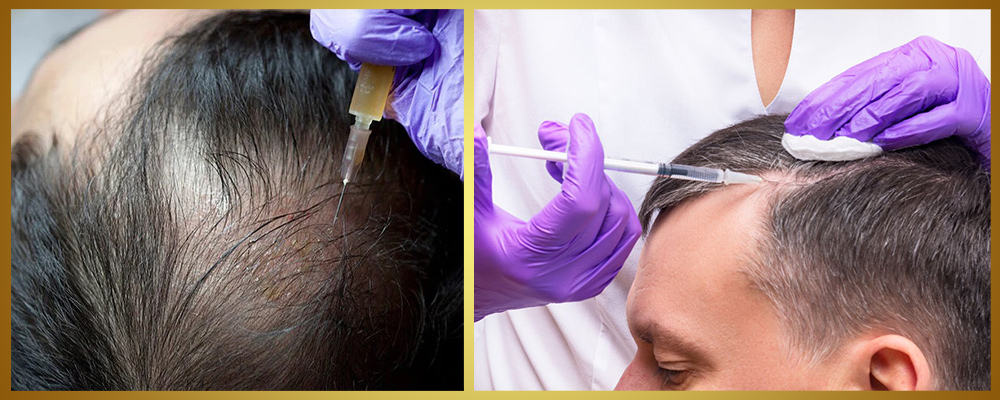OUR PATIENT'S RESULTS





Table of Contents
Platelet-Rich Plasma: Types, Symptoms, and Causes
Learn about Platelet-Rich Plasma (PRP), its types, common symptoms, and causes in this easy-to-understand guide for anyone curious about PRP treatments.
What is platelet rich plasma ( PRP Treatment )?
Platelet-rich plasma (PRP) is a treatment that takes advantage of the powerful healing abilities of platelets, tiny cell fragments found in the blood. These platelets are essential for tissue repair and regeneration.
In this context, terms like platelet-rich growth factors (GFs), platelet-rich fibrin (PRF), and platelet concentrates (PCs) are often used, though they are slightly different versions of PRP.
Types of platelet-rich plasma (PRP)
1. Pure PRP (P-PRP)
Pure PRP is obtained by separating platelets from the blood without adding any other components. Rich in growth factors and is often used for tissue regeneration. Wound healing and treatment of osteoporosis
2. Lymphocyte-rich PRP (L-PRP)
This type of PRP includes white blood cells. White blood cells (white blood cells) in addition to platelets L-PRP is often used in cases of inflammation, such as joint or tendon injuries.
3. Platelet-rich fibrin (PRF)
PRF is a new form of PRP that contains platelets, fibrin, and other therapeutic proteins. It is often used in dental treatment. wound care and facial skin rejuvenation
Symptoms Associated with PRP Treatment
PRP treatments are generally safe, but there are a few symptoms you might experience after the procedure:
a. Mild pain or discomfort: Slight soreness or tenderness at the injection site is common.
b. Swelling and redness: These temporary symptoms can occur as part of the healing process.
c. Bruising: Some people may experience mild bruising at the injection site, which usually fades within a few days.
d. Stiffness or stiffness: Some patients might notice stiffness in the treated area, especially with joint injections.
When to See a Doctor
1. Persistent Pain or Fever: Pain that won’t go away or a fever lasting more than three days.
2. Sudden, Severe Symptoms: Chest pain, breathing problems, or sudden weakness.
3. Unexplained Weight Loss/Fatigue: Rapid weight loss or ongoing tiredness.
4. Chronic Conditions Not Improving: Conditions like diabetes or high blood pressure that aren’t well-controlled.
5. Mental Health or Vision Changes: Persistent sadness, anxiety, or sudden vision/hearing problems.
Causes for the Use of PRP
Natural Healing Properties: This is because PRP comes from your own blood. Thus promoting the body’s natural healing process. Reduces the need for medications or invasive treatments.
Tissue Regeneration: PRP can accelerate tissue repair. This makes it an attractive option for athletes recovering from injury. or people who are looking for skin rejuvenation.
Minimally invasive: PRP treatment involves blood draws and injections. This makes it a low-risk, non-surgical procedure.
Versatility: PRP is used in a variety of medical fields. including orthopedic surgery, skin, and hair restoration.
Diagnosis for Platelet-Rich Plasma (PRP)
PRP is used for:
1. Chronic Pain/Injuries: Tendonitis, ligament injuries, arthritis.
2. Skin Aging/Hair Loss: Rejuvenation and restoration.
3. Sports Injuries: Muscle strains and joint issues.
4. Post-Surgical Healing: Speeds recovery.
Diagnosis includes medical history, physical exam, and imaging.
Treatment with Platelet-Rich Plasma (PRP)
1. Procedure: Blood is drawn, processed, and PRP is injected into the affected area.
2. Applications:
a. Orthopedic: For joints and muscles.
b. Cosmetic: For skin and scalp.
c. Wound Healing: Enhances recovery.
3. Recovery: Mild pain or swelling is common; improvement occurs over weeks.
4. Risks: Generally safe, but may include infection and discomfort.
Consult your doctor to see if PRP is suitable for you.



